May 24, 2025 | 16:24 GMT +7
May 24, 2025 | 16:24 GMT +7
Hotline: 0913.378.918
May 24, 2025 | 16:24 GMT +7
Hotline: 0913.378.918
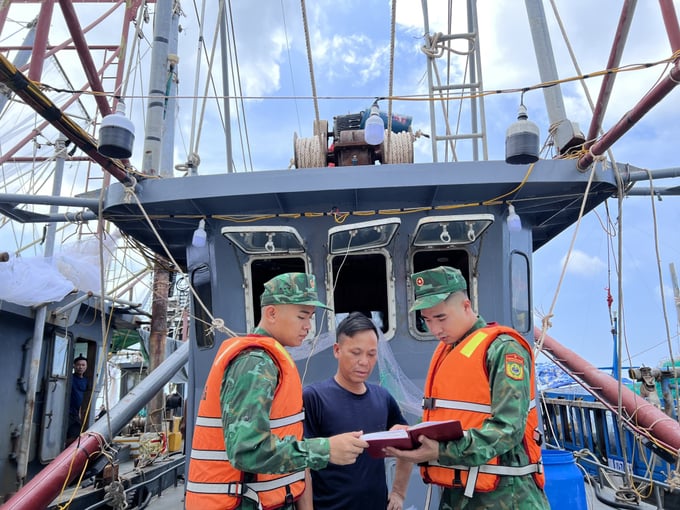
Officers and soldiers of Tra Co Border Guard Station (Mong Cai City) propagate to fishermen the regulations on fisheries exploitation. Photo: DVCC.
By 2022, according to statistics and reviews of the Department of Agriculture and Rural Development of Quang Ninh province, the total number of fishing vessels in the entire province will be more than 6,000 vessels. Of these, there are 1,481 fishing vessels under 6m in length, and fishing vessels over 15m in length are 219, accounting for only 3.6%. This difference can be seen at anchorages and large fishing ports along the Quang Ninh coastline from Dong Trieu town to Mong Cai headland.
According to Mr Ngo Tat Thang, Deputy Director of Quang Ninh Department of Agriculture and Rural Development, people who make a living from coastal fishing have many advantages because Quang Ninh's sea has a rich diversity of aquatic resources and seafood. Just by staying close to shore, they can earn millions from netting or fishing. They don't need to go far offshore, so there aren't many large fishing boats in Quang Ninh.
“In addition, harvested seafood is often consumed immediately to ensure freshness, so many fishermen only need to exploit it near shore, reduce travel time to maintain seafood quality, as well as reduce travel fuel costs", Mr Thang said.
Recently, Quang Ninh has had no fishing vessels violating foreign waters. Quang Ninh has about 4,000 ships registered in the National Fishing Vessel Database software; 10 offshore fishing vessels installed and synchronized with cruise monitoring equipment, registered, with fishing licenses and food safety certificates; over 1,000 fishing vessels that signed food safety commitments and issued fishing licenses.
Particularly, more than 120 ships out of a total of more than 960 ships operating in open areas are continuing to be registered by localities according to regulations. Fishing vessels with a length of 6-12m under the management of district-level localities will be registered, inspected, and licensed.
"We have sent officers to each locality to assist people in registering fishing vessels. Even granting a temporary registration certificate to make it more convenient to manage operating vessels as well as daily output. From there, we can prove the origin of seafood, contributing to removing the EC's 'yellow card' in the future", Mr Thang emphasized.
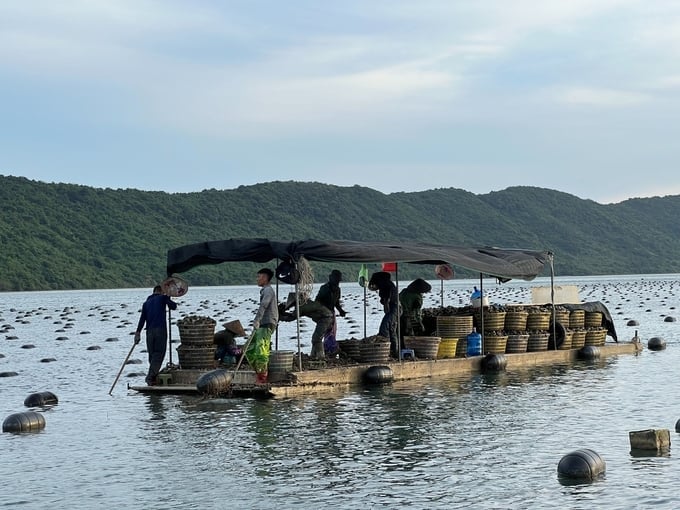
The labour shift greatly affects the Quang Ninh seafood industry. Photo: Nguyen Thanh.
Currently, the fisheries industry plays an important role and contributes over 50% of production value in the structure of agriculture, forestry and fishery in Quang Ninh. However, the challenges for the fisheries industry in Quang Ninh are not simple. Currently, the demand for aquatic products is increasing, while the advantageous farming area shows signs of shrinking due to conflicts in development space with industrial activities, urbanization and tourism.
In addition, the lack of high-quality human resources while unskilled workers are increasingly ageing is also a problem that needs to be resolved soon. In Quang Yen town, people make a living mainly by going to sea. Mr. Tran Xuan Mung (Lien Hoa commune, Quang Yen town) shared that the fishermen who have been at sea for a long time are old, but not many of the next generation follow this profession.
"Young people often choose to work in industrial zones and clusters in the town, because going offshore is harsh, wandering at sea and sometimes only returning once a month", Mr. Mung said.
According to Mr Ngo Tat Thang, Deputy Director of the Department of Agriculture and Rural Development of Quang Ninh province, the labour shift greatly affects the local fisheries industry.
"Currently, at aquaculture farms in Quang Ninh, the workers are mostly mountainous ethnic people, including Dao people and San Chi people. This is a challenge in training. This labour source must be retrained to become familiar with the marine environment, with water waves, familiar with aquatic animals. This is because workers in highland areas have not yet grasped this", Mr. Thang analyzed.
Leaders of the Quang Ninh Department of Agriculture and Rural Development also said that challenges in market opportunities, difficult points of the market, and challenges to the shift and structure of labour within the industry are the biggest problems we have to solve, specifically the human problem. If we solve this step, we will be able to solve the other step.
According to statistics from the Department of Agriculture and Rural Development of Quang Ninh, the total number of aquaculture workers in 2022 is about 13,000 people, the majority of workers have low labour qualifications, and the rate of trained workers is still not high. Workers with technical qualifications (received training from elementary level or higher) account for about 25% of the total number of workers in the aquaculture sector. Most of them are seasonal workers, unskilled workers, and workers from mountainous areas, and there is a shortage of skilled workers.
In the first 6 months of 2023, Tra Co Border Guard Station (Mong Cai City) organized more than 1,700 vehicles with more than 6,800 officers and soldiers to patrol, control and protect the border, combine with propaganda to inform fishermen about regulations on aquatic exploitation. Thereby, 24 cases/24 vehicles and 31 subjects of illegal fishing were arrested and handled in the waters of Binh Ngoc - Tra Co. The administrative fine is over VND 293 million, and 7 sets of electric shock absorbers for extermination of aquatic resources are destroyed.
Translated by Hoang Duy
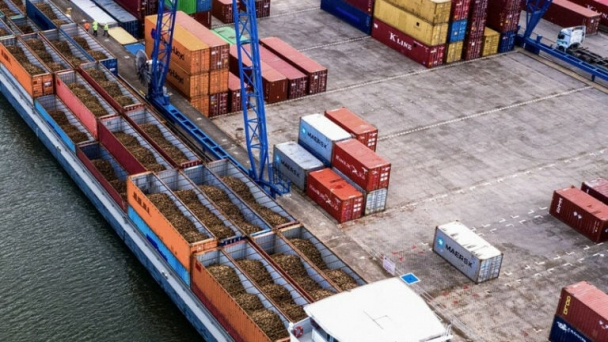
(VAN) The mutual export of agrifood products between the European Union (EU) and the United Kingdom (UK) must occur again without certification, border controls or other red tape. This was agreed at the UK-EU summit.
/2025/05/22/5121-2-173645_677.jpg)
(VAN) NBSAP Tracker identifies strengths and areas for improvement in the National Biodiversity Strategy, based on each region’s priorities and capacities.
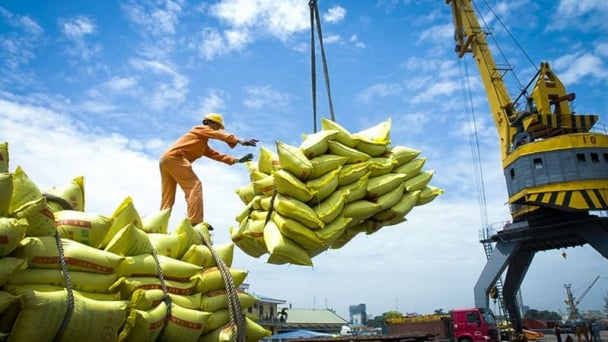
(VAN) The draft amendment to the Circular on rice export trading stipulates a periodic reporting regime for rice exporting enterprises.
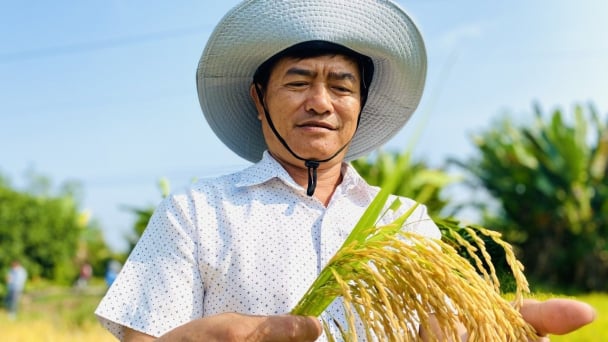
(VAN) Dong Thap farmers attained an average profit margin of 64% during the summer-autumn 2024 crop (first season), while An Giang and Kien Giang farmers followed with 56% and 54%, respectively.
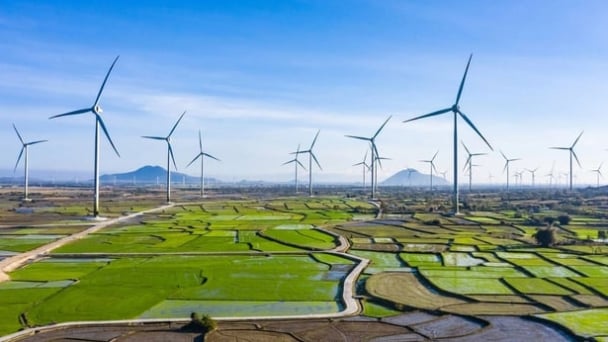
(VAN) As a doctoral student doing research on renewable energy and electrification at Harvard University, the author shares his musings on electricity, nature, and countryside memories.
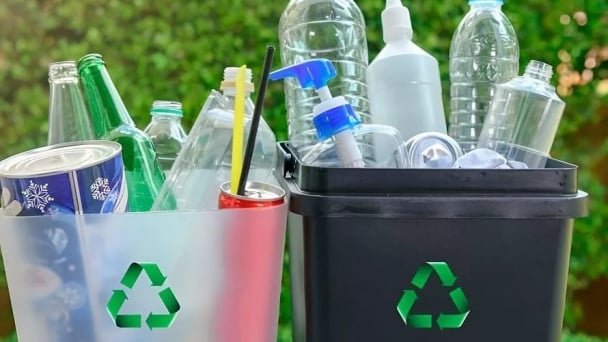
(VAN) The decree on Extended Producer Responsibility (EPR) ensures transparent management and disbursement of support funds, avoiding the creation of a “give-and-take” mechanism.
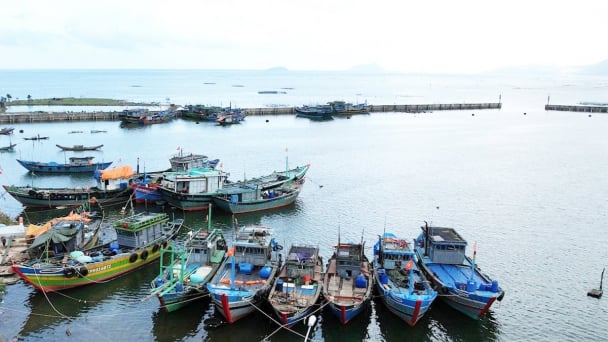
(VAN) Hue City rigorously enforces regulations regarding marine fishing and resource exploitation, with a particular emphasis on the monitoring of fishing vessels to prevent illegal, unreported, and unregulated (IUU) fishing.